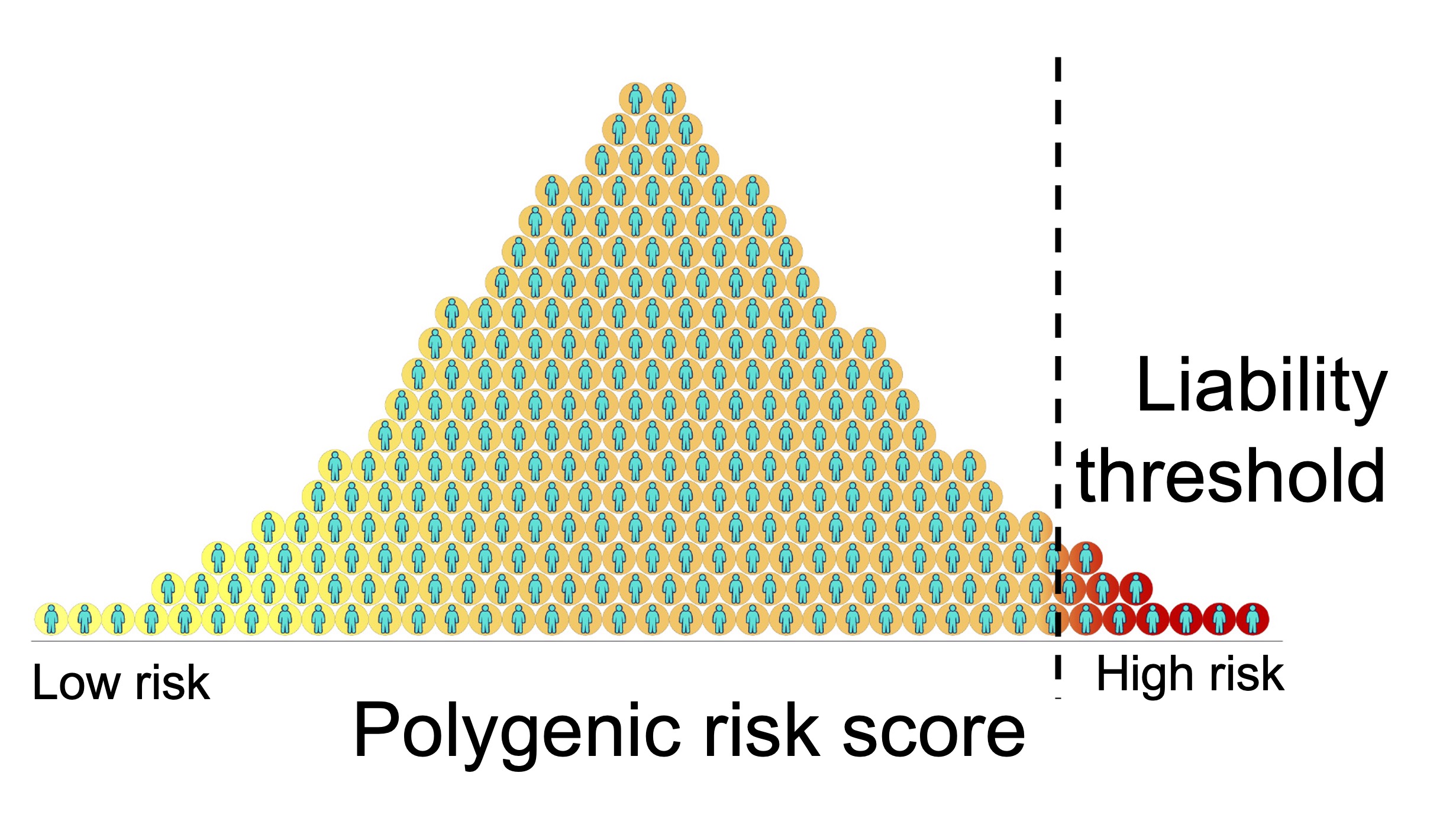
Topics
This week’s assignments will help prepare you for the Quarter 1 Project Checkpoint due on XX.
Reading
Feel free to reread the GTEx paper and take a look at the methods section (located in Supplemental Material) if you want to see the math behind the analysis.
Tasks
- Perform a cis-eQTL analysis for all genes on a chromosome of your choosing using 1000 Genome data. This is simply a scaled up version of your analysis from last week.
- Follow the tutorial for building a polygenic risk score (PRS) for a single gene from your eQTL analysis above via the most widely used pruning and thresholding approach P+T which conveniently uses plink commands. Here, Height.QC.gz is analogous to your week 3 eQTL analysis results and the scaled up analysis you just did. Please consider the following things: we will pretend that we don’t have any covariates (EUR.cov) to simplify the analysis. You will perform “Clumping” using different p-value thresholds described below. You will then “Generate PRS”. Please stop when you get to the section on Population Stratification.
- When we build a PRS, we have to make sure our model is not overfit. This requires cross-validation analysis. Please build this pipeline for one gene. Step 1. Randomly sample 80% of individuals and perform the cis-eQTL analysis for one gene (you can use the –keep flag for plink to select certain sample IDs). Step 2. Randomly sample half of the remaining 20% of individuals. With these people, run the PRS pipeline with several p-value thresholds: 1, 0.05, 0.01, 0.001, and 0.00001. Correlate the predicted value of gene expression with the true value. Pick the p-value threshold that maximizes the prediction R2. Step 3: Assess the PRS accuracy in the remaining individuals (none of these people have been used in the model fitting part). What is the final R2?
Quarter 1 Project Paper Outline
- Part 1: Identify ciseQTLs in 1000 Genomes LCLs, where cis is defined by +/- 500 Kb of the gene body.
- a. across all genes genome-wide (n = 20K protein coding genes) Note: might need to subset gene expression data. If so, use gene_annot.txt.gz to figure out which genes are protein coding.
- Part 2: Predict genetic risk for different diseases in 1000 Genomes individuals. Using Tiffany’s 23andme data, where does she fall on the distribution? Are the results reasonable?
Weekly Questions
The purpose of this week’s questions are to prepare you for the checkpoint. Please answer the following questions on Gradescope:
- What is the biological purpose of wanting to understand how genetic variation impacts gene expression?
- What would be a good title for a paper about the analysis we are trying to do in this capstone?
- What will you include in the introduction to this paper? (think about defining what an eQTL is, what a genetic risk score is, and what a genome-wide association study is, and what we stand to learn about disease biology from these)
- What was the distribution of correlation of true gene expression and predicted gene expression across genes in 1000 Genomes?